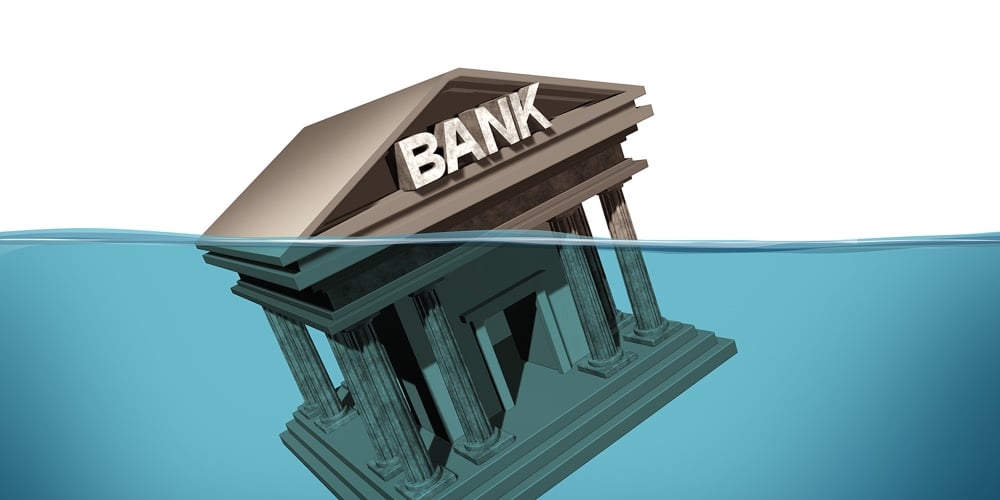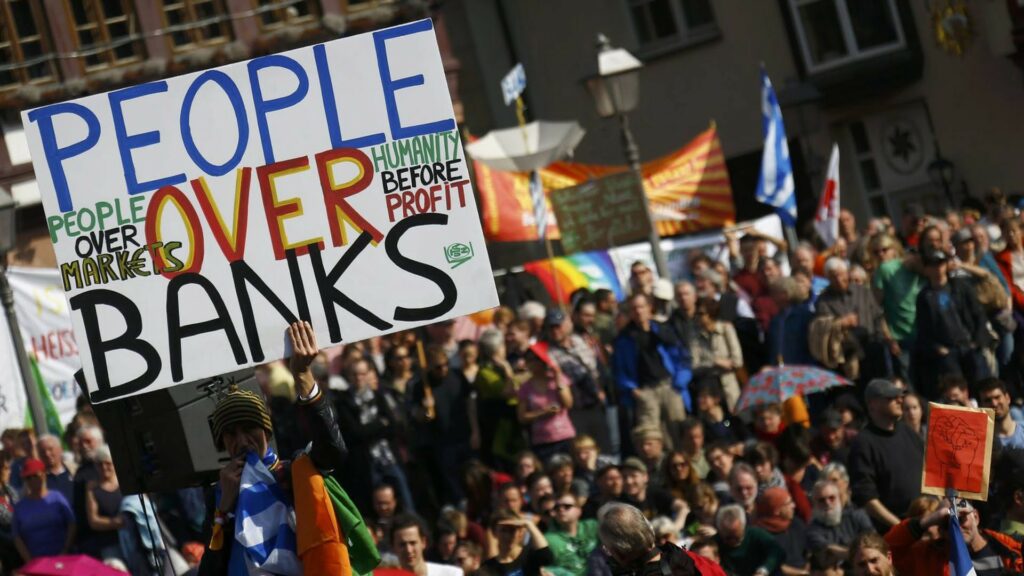Chronicle of a crash foretold
by Stewart McGill
Silicon Valley Bank (SVB) is a classic case of short termism, incompetence and greed provoking a crisis that could have wider impact and damages us all. SVB received a big influx of funds in 2021 at the height of an investment boom in private technology companies. Looking to maximise returns in an era of ultra-low interest rates to placate investors, it piled into a $120bn portfolio of highly rated government-backed securities; although slightly higher than the meagre returns it could earn from short-term government debt, the investments locked the cash away for more than a decade and exposed it to losses if interest rates were to rise.
They were blind to the risk that the cash pouring in during 2021 was a symptom of low interest rates; once those rates rose, their mostly corporate customer base would withdraw their surplus cash from SVB and seek more profitable investments. The crisis that many foretold came to pass and though at the time of writing the situation seems to be under control contagion could still lead to a wider crisis. It is yet another failure of bank regulation and another demonstration that allowing the economy to be managed in the short term interests of the wealthy leads to mayhem, as well as being a massive waste of opportunity, think of the good that could have been achieved with this amount of money.
Same greed, same stupidity, same people
The fact that SVB was sitting on a massive unhedged portfolio of long-term Treasuries was no secret; last year, JP Morgan circulated calculations to its clients showing that these, then unrealised losses, could wipe out investments. The financial regulators did nothing, investors who have become addicted to the highs of low interest rates acted like they would never end. It did. When the SVB managers saw the writing on the wall they were allowed to sell their shares two weeks before a bungled attempt at raising the funds to salvage the crisis they had provoked. The fund raising failed but the managers emerged from this crisis wealthier than when it began.
It should come as no surprise that the former Chief Financial Officer of the disastrously failed Lehman Brothers of 2008 was a senior executive at SVB.
The wider issues

According to Sheila Blair, senior fellow Centre for Financial Stability and former chair of the US Federal Deposit Insurance Corporation (FDIC), the Federal authorities are unwinding 14 years of lax monetary policy too quickly. When rates rise, the market value of financial assets fall, and banks hold a lot of financial assets. The Fed needs to hit pause on further rate rises to provide time to assess their impact on the financial system. Regulators need to review all banks’ capital capacity to withstand market losses on their securities portfolios if forced to sell them before maturity. Regulators also need to rethink treating government securities as basically risk-free under capital and liquidity rules. When rates rise, they are clearly very risky as SVB’s collapse shows.
Anybody wanting changes will have to be prepared to fight the bank lobby

Last year, bank lobbying groups mobilized against FDIC’s proposal to raise banks’ insurance premiums to shore up the Deposit Insurance Fund, which had fallen below the minimum required by law. Lobbying groups representing SVB, argued that risk of bank failures was low and insisted that requiring banks to pay more into the fund would harm financial institutions’ bottom lines. A group of senior Republican House lawmakers — including some of the chamber’s top recipients of banking industry campaign cash — parroted this rhetoric and demanded that regulators back off.
“It’s certainly ironic that Silicon Valley Bank’s lobbying groups were trying to short-change the Deposit Insurance Fund just as their deposits might need to call on it,” according to Todd Phillips, a former FDIC attorney.
Martin Wolf in the FT wrote “It is what lobbyists called for: get rid of onerous regulations, they cried, and we will deliver miracles of growth.” What they delivered was a stalling economy and an unstable financial system. Economic growth from 1949 to 1980, the years of a regulated financial sector, along with high marginal taxes on the big income earners, strong trade unions, nationalised industries at the heart of the economy, exchange controls, decent public services, free university education, growing equality, saw economic growth averaged 3.09% year on year. From 1980 to 2019, the years of Thatcherism and Celtic Tigers, saw much reduced taxes on the wealthy, the ascendancy of an unfettered financial sector, liberalised trade, privatisation, declining public services, privatisation, free flows of capital, growing inequality, and declining economic growth
Wolf’s piece is useful in that it describes some of the fundamental issues around the collapse of SVB and the wider issues highlighted by that collapse:
‘Banks fail. When they do, those who stand to lose scream for a state rescue. If the threatened costs are big enough, they will succeed. This is how, crisis by crisis, we have created a banking sector that is in theory private, but in practice a ward of the state. … The result is a system that is essential to the functioning of the market economy but does not operate in accordance with its rules. This is a mess.’
At the moment, losses will supposedly be borne by the banking industry as a whole. But the losses will be partially socialised. If the situation escalates then the public purse will need to be called upon, again. At the time of writing the contagion from SVB appears to have been contained, though depositors do seem to be moving funds into bigger institutions which may yet pose further problems.
SVB was the 16th biggest bank in America, the fact that the authorities moved so quickly and dramatically to offer unconditional back-up, and defend some wealthy depositors who were fully aware of the risks that they were taking, indicates (i) the authorities remain nervous about the overall health of the banking sector and (ii) uninsured depositors will be protected in future failures, economically and politically this assurance is considered vital. This latter means that banks continue to enjoy a free ride, privatised profits with socialised losses.
All these problems derive from the political and economic power of the state-protected financial plutocracy: if we want real change, they must be removed. We need a socialised banking sector that exists to provide finance where needed to people and enterprises in the real economy; the servant of that real economy, not its profligate master.














Comments